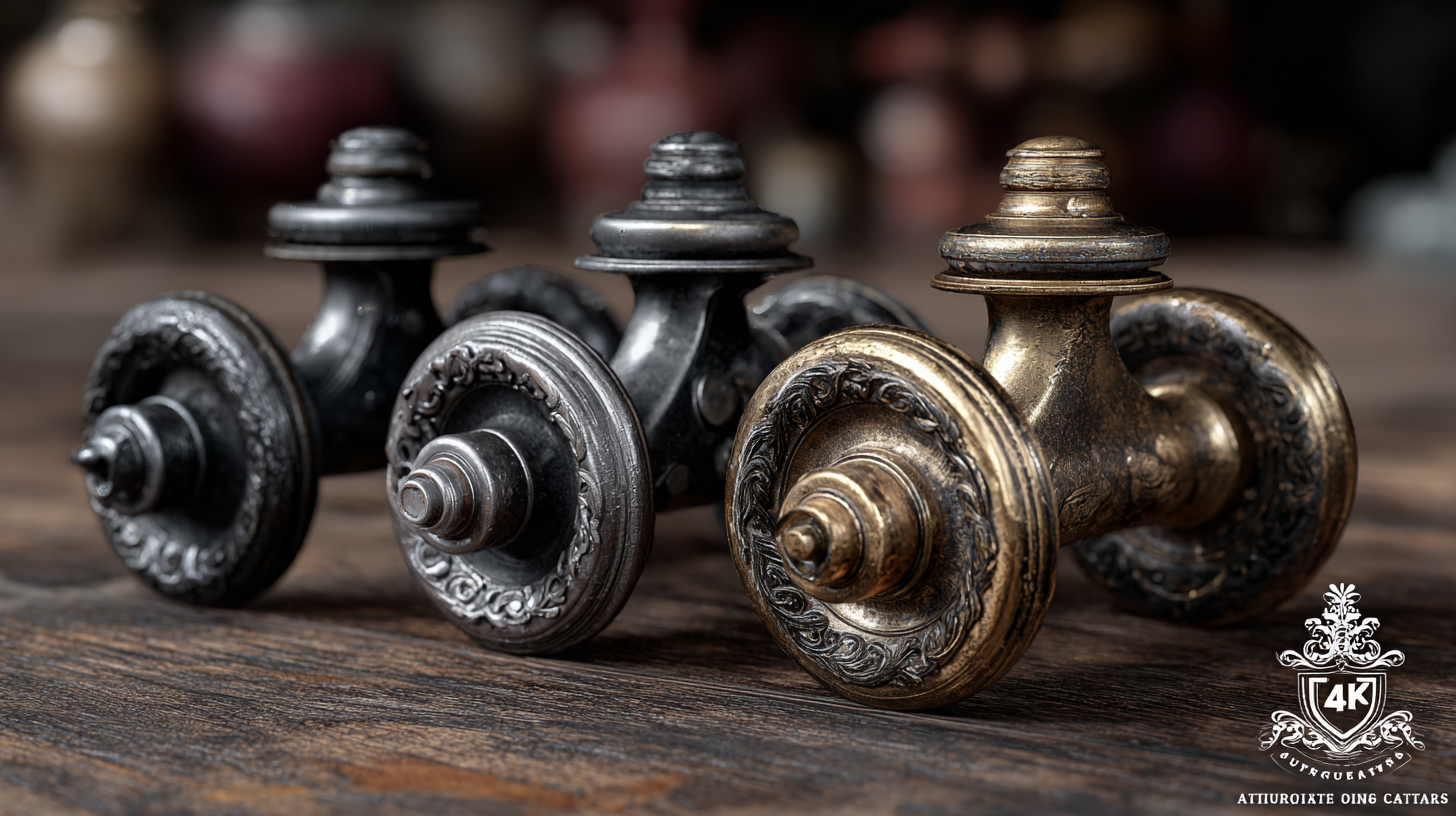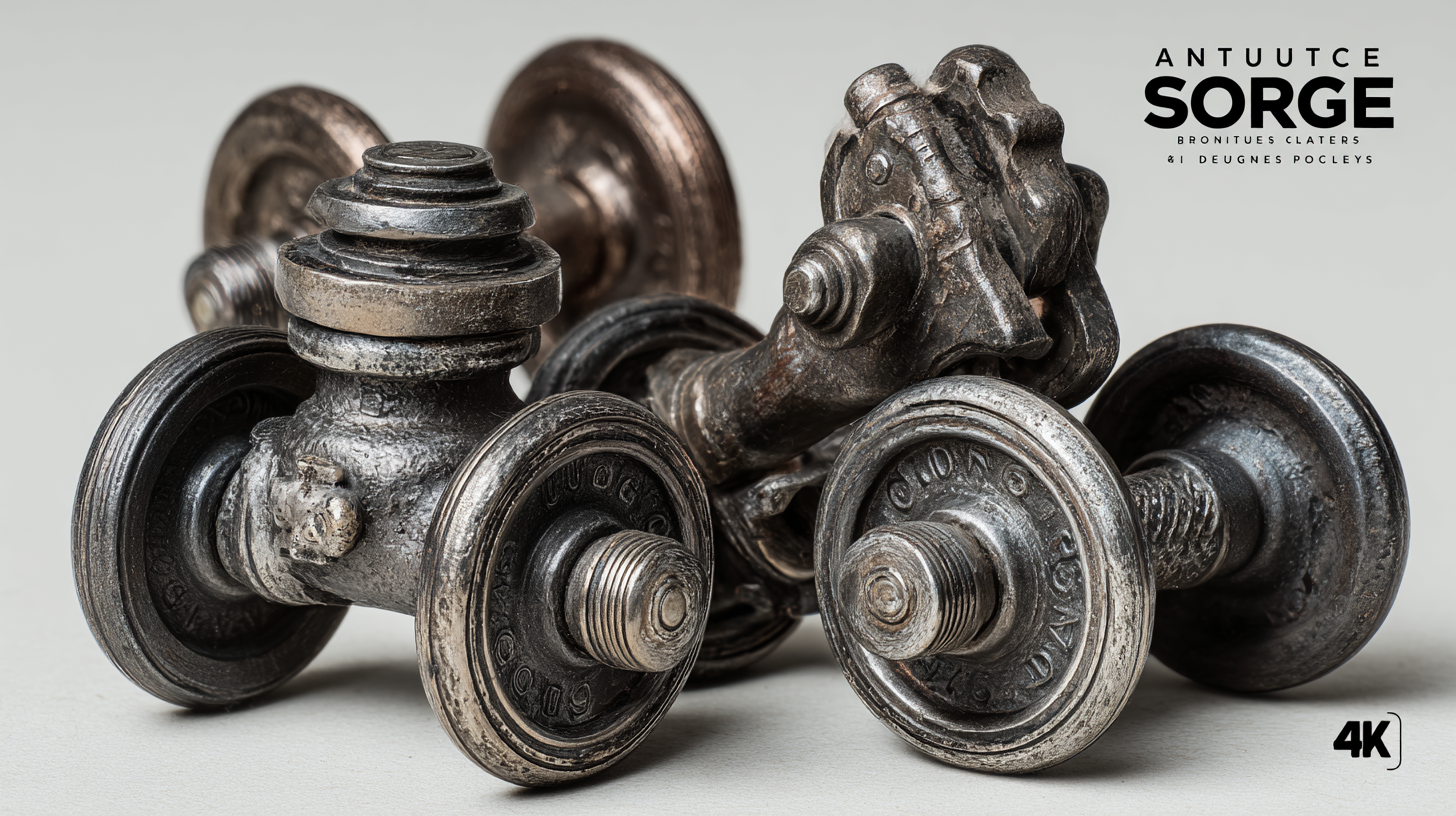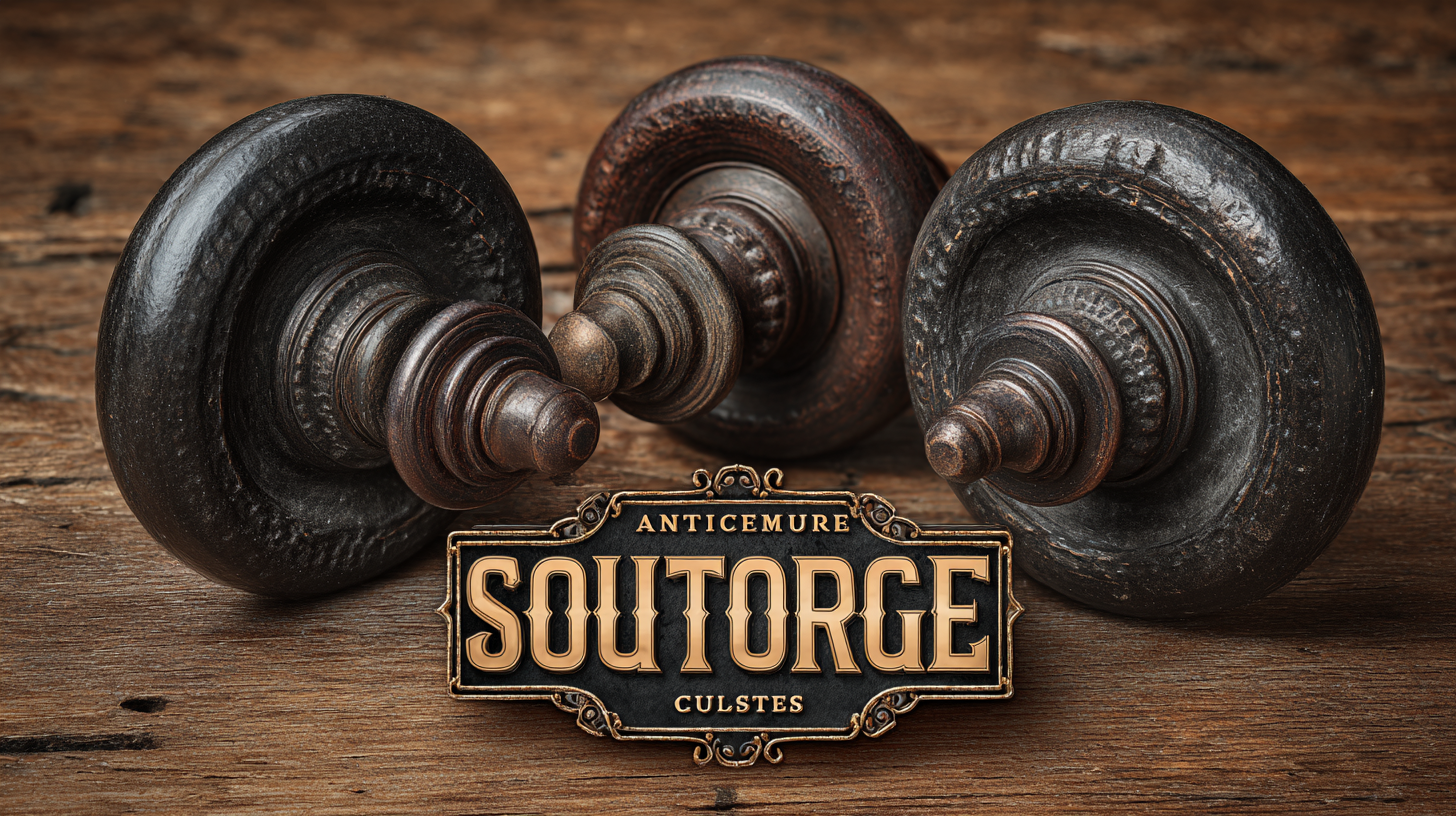
The Ultimate Guide to Sourcing the Best Antique Metal Casters for Your Projects
When embarking on a project that requires an antique charm, no detail is too small—especially when it comes to selecting the right components. One crucial yet often overlooked element is the choice of Antique Metal Casters. These vintage wheels not only serve a functional purpose by enabling smooth mobility but also add a distinctive aesthetic appeal that can elevate the overall design of your furniture or decor. In this ultimate guide, we will explore the industry production standards that govern the crafting of these casters, illuminating the reasons why they should be a priority in your sourcing process. Understanding the nuances of Antique Metal Casters will empower you to make informed decisions, ensuring that your projects not only meet practical needs but also resonate with timeless elegance.

Understanding Antique Metal Casters: Types and Styles
When it comes to antique metal casters, understanding the various types and styles available is crucial for choosing the right ones for your projects. Antique casters not only serve a functional purpose but also add a touch of vintage charm to furniture pieces. Typically, you’ll find them made from materials like brass, iron, or steel, each offering different aesthetics and durability. The choice between fixed and swivel casters is also important depending on how much mobility you require for your furniture.
Various designs of antique metal casters reflect different historical periods and stylistic influences. From the elegantly intricate designs of Victorian-era casters to the more industrial styles that emerged in the late 19th century, each type tells a story. Whether you are restoring an old piece of furniture or constructing something new, selecting the right casters can enhance the overall look while providing functionality. Understanding these types and styles will not only help you source the best options but also ensure that your projects retain their character and authenticity.

Key Factors to Consider When Sourcing Antique Metal Casters
When sourcing antique metal casters for your projects, there are several key factors to consider to ensure you make the best choice. First and foremost, pay attention to the material and authenticity of the casters. Antique metal casters should ideally be made from high-quality metals that withstand the test of time, like cast iron or brass. Always verify the provenance of the items, as authentic antiques often carry historical and aesthetic value that can enhance your project.

Additionally, sustainability is becoming increasingly important in sourcing materials, even in antique markets. As businesses move toward using more recycled materials and reducing carbon footprints, consider whether your antique casters are sustainably sourced. This not only contributes to a more environmentally friendly approach but also aligns with the growing trend of conscious consumerism. By choosing antique casters that adhere to these principles, you can elevate your projects while also being mindful of their environmental impact.
Where to Find Quality Antique Metal Casters: A Comprehensive Guide
Finding quality antique metal casters requires a combination of knowledge, network, and a bit of luck. These unique components can dramatically elevate the aesthetic of furniture pieces while offering functional benefits. According to a recent report by the Antique Furniture Research Institute, the demand for antique metal hardware has surged by over 30% in the last five years, indicating a growing interest among DIY enthusiasts and professional restorers alike.
When sourcing antique metal casters, it's crucial to consider the material and craftsmanship. Look for solid brass or iron options, as they not only ensure durability but also add a vintage charm to your projects. Check out local antique shops and flea markets, as they often have hidden gems. Online platforms like eBay or Etsy can also expand your search, with many sellers specializing in antique hardware.
Tips: Always verify the authenticity of the casters before purchasing. Look for markings that indicate their era and manufacturer. Additionally, don’t hesitate to ask sellers about the history of the casters, as this can provide invaluable context and assurance of quality. Networking with local restoration communities can also lead to valuable recommendations for sourcing authentic pieces.
Restoration Tips for Antique Metal Casters: Preserving Their Charm
Antique metal casters not only serve a functional purpose but also add a touch of vintage charm to any project. Restoring these casters requires a delicate balance of preservation and repair to maintain their aesthetic appeal. One crucial tip is to clean them gently using a mixture of mild soap and warm water. Avoid harsh chemicals that can damage the original finish. After cleaning, consider applying a light coat of mineral oil to prevent rust and keep them looking shiny.
Another vital aspect of restoration is paying attention to the wheels. Inspect them for any signs of wear and replace any that are cracked or chipped. If the wheels are still functional, lubricate them sufficiently with a silicone-based lubricant to ensure smooth movement. Lastly, take time to research the historical context of your casters; understanding their background can enhance the appreciation of your project and inspire creative ways to incorporate them into your design.
Antique metal casters embody a timeless charm, much like vintage cars that enthusiasts lovingly restore. The attention to detail in both worlds highlights the joy of preserving history while adding functionality to modern-day projects. By utilizing proper restoration techniques, you can ensure that these charming elements continue to thrive in your home or workspace.
The Ultimate Guide to Sourcing the Best Antique Metal Casters for Your Projects - Restoration Tips for Antique Metal Casters: Preserving Their Charm
| Type of Caster | Material | Diameter (inches) | Load Capacity (lbs) | Restoration Tips |
|---|---|---|---|---|
| Swivel Caster | Iron | 2 | 150 | Clean with a soft brush, apply rust remover, and polish with wax. |
| Fixed Caster | Brass | 1.5 | 100 | Use vinegar for cleaning, followed by a brass polish. |
| Locking Caster | Steel | 3 | 200 | Inspect locking mechanism and lubricate with silicone spray. |
| Decorative Caster | Aluminum | 2.5 | 120 | Wipe with a damp cloth, avoid abrasive cleaners to preserve finish. |
Incorporating Antique Metal Casters into Your Design Projects
Incorporating antique metal casters into your design projects can bring both functionality and a touch of vintage charm to your space. These unique pieces, available in various styles and finishes, can transform ordinary furniture into statement pieces, adding character and history to your decor. When selecting antique casters, consider the aesthetic of your project; whether you're aiming for industrial chic or rustic farmhouse, there’s an antique caster that’s perfect for your design vision.
Tip: Pay attention to the weight capacity of the casters. It’s essential to choose casters that can support the weight of your furniture while ensuring ease of movement. Additionally, mixing and matching different styles and finishes can create an eclectic look that adds visual interest.
Another important aspect is the mounting technique. Some casters are designed to be surface-mounted, while others require a socket or bracket installation. Assess the furniture piece you're working with to determine the most suitable type.
Tip: Always test the wheels on the casters to ensure smooth rolling. Properly functioning casters will enhance the mobility of your furniture, making it not only aesthetically pleasing but also practical for everyday use.
